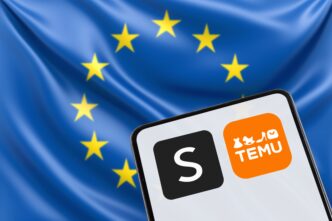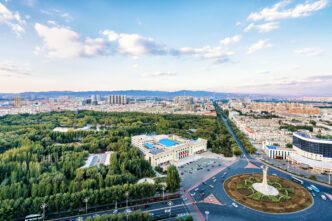Executive Summary
The Story So Far
Why This Matters
Who Thinks What?
The European Parliament and EU Council have reached a provisional political agreement to significantly update the European Union’s lists of water pollutants. This accord aims to align water quality standards with the latest scientific advice, introducing stricter monitoring and control measures for new and existing harmful substances in surface and groundwater across the bloc. The move is a crucial step towards enhancing EU water resilience and advancing its broader zero-pollution ambition.
Revised Directives and New Standards
The agreement will adapt three key pieces of EU legislation: the Water Framework Directive, the Environmental Quality Standard Directive, and the Groundwater Directive. These revisions are designed to ensure a comprehensive approach to water quality management across all Member States.
New substances with documented harmful effects on both the environment and human health will be added to the updated lists. Additionally, the agreement revises the existing limits for pollutants already under scrutiny, reflecting current scientific understanding and the need for more stringent controls.
Streamlining and Implementation
In a move towards simplification, six substances previously considered an EU-wide risk will be reclassified to lists of national concern. This change follows successful EU-level actions to ban or restrict their use, demonstrating the effectiveness of prior environmental policies.
The provisional agreement also introduces specific short-term exemptions to the principle of non-deterioration of water quality and quantity, alongside measures designed to reduce the administrative burden on Member States. These provisions aim to balance environmental protection with practical implementation.
Following formal adoption by the European Parliament and the Council, the new directive will enter into force 20 days after its publication in the Official Journal of the EU. Member States will then have until December 22, 2027, to implement its requirements and transpose the amendments into national law.
Outlook on Water Resilience
This agreement marks a significant legislative effort by the EU to bolster its environmental protection framework. By updating water pollutant lists and streamlining regulations, the bloc reaffirms its commitment to cleaner water and a healthier environment for its citizens, contributing significantly to its zero-pollution ambition.








